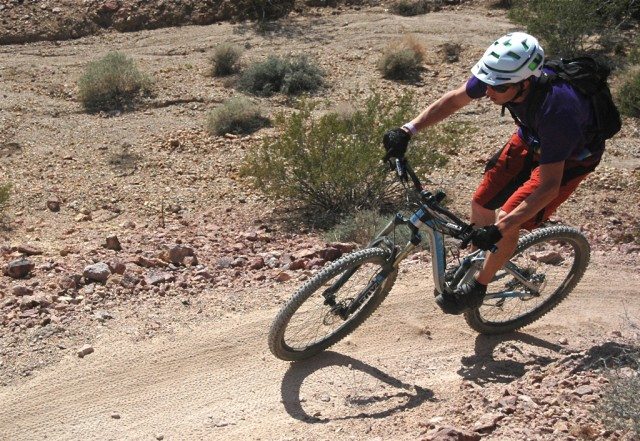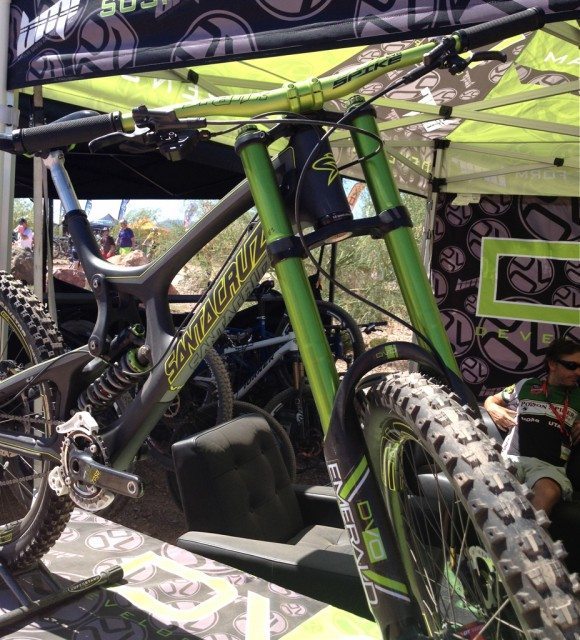Smith Optics Forefront Helmet
The Forefront made a splash when it debuted earlier this year. I was rather skeptical since there haven’t been many big developments in the helmet world for a long time, especially in the realm of half-shells.
But once I had the Forefront in my hand, I was impressed. While I’m hardly the arbiter of fashion, it was a lot less goofy looking than I was expecting.
Second (and more importantly), the construction of the helmet is really cool. In both senses of the word.
The main structure of the Forefront is a honeycomb material that Smith calls “Koroyd.” Basically the entire inner shell of the helmet is made up of little pipes—it looks like a big bundle of drinking straws that have been cut to around 3/4″ long
On top of that inner layer is a relatively thin layer of “normal” foam helmet material. That foam is ~1/4 as thick as it would be on a “normal” helmet—the structural integrity of the helmet seems to mostly come from the Koroyd layer.
In terms of fit, the Forefront cooperated with my oval-ish head pretty well. It’s definitely not as round a mold as, for instance, a Bell helmet. The head retention system was easy to use and held the helmet in place as securely as any other helmet I’ve ridden.

My test ride of the Forefront was in the full blown, 105-degree blast furnace of the Interbike demo day. While some might say “Yeah, but it’s a dry heat,” I will only say that it was miserably hot out. For a helmet that seems to have a fair amount of protection, the Forefront did a great job keeping my head cool. It’s definitely not a super airy road helmet, but in terms of a helmet that offers great protection for aggressive riding, the airflow is excellent.
The Forefront is also quite light—at a stated weight of 285 grams, it’s definitely one of the lightest helmets (if not the lightest) in this category.
Overall, I was impressed with the Forefront when it comes to fit and features. I’ve haven’t yet had the opportunity to ram my head into the ground while wearing one, but it seems like the Forefront is a solid contender in the trail / all mountain / enduro category.
DVO Emerald Fork
I didn’t have the chance to ride the Emerald other than a quick spin around the parking lot, but I did get to do a “hold-the-front-wheel-and-twist” test on it.
As with any inverted fork, when I first I saw the Emerald I thought it would suffer from being torsionally flexy. My little twist test put these concerns to rest—the thing is stiff. Doing back to back twist tests between the Emerald and a Manitou Dorado, the Emerald is way stiffer torsionally.
The Emerald uses a carbon fiber fork guard that also serves to stiffen the fork up. According to the DVO guys, they made a couple different carbon lay-ups on the guards, and they’ve actually made some that were even stiffer than the ones I torqued on. The feedback they got from their riders (Mr. Gracia and company) is that the stiffer ones were actually too stiff—it caused the wheel to deflect off of angular impacts.

The other thing I noticed about the Emerald is that it’s smoooth. A parking lot test doesn’t mean much for a DH fork, but it feels like it will absolutely devour rough terrain.
It sounds like the Emerald lowers will be available to fit a variety of wheel sizes, so it’ll be interesting to see who ends up running these forks in the future. For anyone looking for no-holds-barred suspension performance (in a sexy green package), the DVO forks certainly warrant a look.
